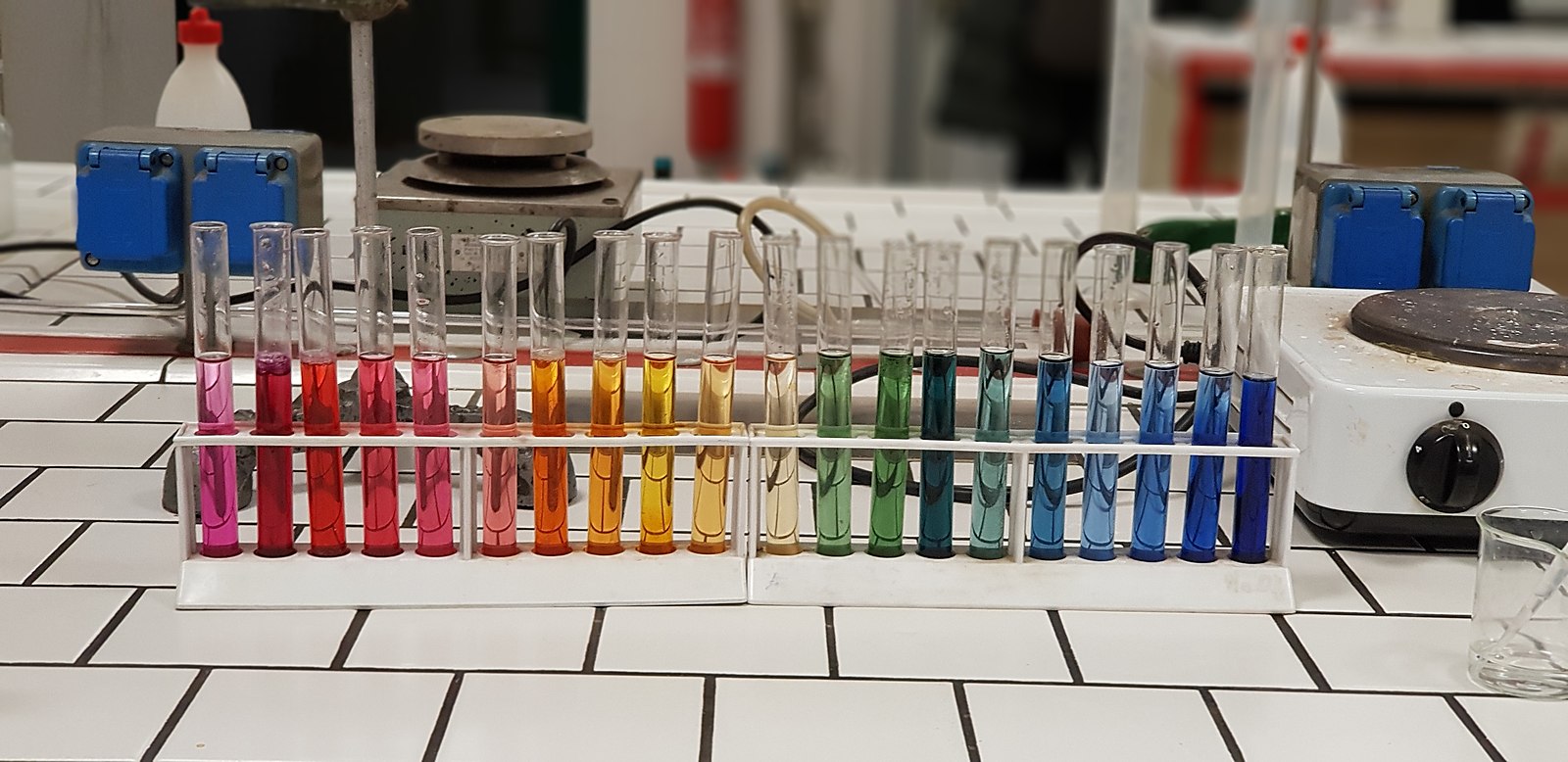The pH of water can be significantly influenced by the presence of various nitrogen-containing compounds, even though nitrogen gas (N2) itself does not directly affect the pH. Understanding the complex interplay between nitrogen, pH, and water quality is crucial for maintaining healthy aquatic ecosystems and managing water resources effectively.
Nitrogen Compounds and pH in Water
Nitrogen can exist in different forms in water, each with its own impact on pH. The key nitrogen-containing compounds that can influence the pH of water include:
- Ammonia (NH3): Ammonia is a weak base that can increase the pH of water, leading to a more alkaline environment.
- Ammonium (NH4+): The ionized form of ammonia, ammonium, is an acid and can lower the pH, resulting in a more acidic water.
- Nitrite (NO2-): Nitrite is an intermediate form of nitrogen that can also affect the pH, depending on the specific water chemistry.
- Nitrate (NO3-): Nitrate is the most stable form of nitrogen in water and generally has a neutral impact on pH.
The balance between these nitrogen-containing compounds and their relative concentrations in the water determine the overall pH. Understanding this dynamic is crucial for managing water quality and ensuring the health of aquatic ecosystems.
Factors Influencing the pH of Nitrogen-Containing Water
Several factors can influence the pH of water that contains nitrogen-based compounds:
- Temperature: The proportion of un-ionized ammonia (NH3) increases as the temperature rises, which can lead to a higher pH.
- Dissolved Oxygen: The presence of dissolved oxygen can affect the conversion between different nitrogen compounds, impacting the pH.
- Organic Matter: The decomposition of organic matter can release nitrogen-containing compounds, altering the pH.
- Alkalinity: The buffering capacity of the water, determined by the presence of bicarbonate, carbonate, and other alkaline compounds, can influence the pH.
- Anthropogenic Inputs: Human activities, such as the use of fertilizers, industrial processes, and wastewater discharge, can introduce nitrogen-containing compounds into water, affecting the pH.
Understanding these factors and their interplay is crucial for effectively managing the pH of nitrogen-containing water.
Monitoring and Managing the pH of Nitrogen-Containing Water
Maintaining the appropriate pH in water with nitrogen-containing compounds is essential for the health of aquatic ecosystems and various water-dependent applications. Here are some key steps to monitor and manage the pH:
- Regular Testing: Regularly testing the pH and nitrogen-containing compounds, such as ammonia, nitrite, and nitrate, is crucial for identifying any changes or imbalances in the water.
- pH Adjustment: If the pH is outside the desired range, adjustments can be made by adding acids or bases to the water. However, caution must be exercised, as drastic pH changes can harm aquatic life.
- Nitrogen Removal: Implementing strategies to remove or reduce nitrogen-containing compounds, such as through biological treatment, ion exchange, or reverse osmosis, can help maintain the desired pH.
- Ecosystem Management: Maintaining a healthy aquatic ecosystem, with a balance of plants, microorganisms, and other organisms, can help naturally process and assimilate nitrogen-containing compounds, thereby regulating the pH.
- Pollution Prevention: Reducing or eliminating sources of nitrogen-containing pollutants, such as fertilizers, industrial waste, and sewage, can help prevent pH imbalances in the water.
By following these steps, water managers and users can effectively monitor and manage the pH of nitrogen-containing water, ensuring the health and sustainability of aquatic environments.
Conclusion
The pH of nitrogen-containing water is a complex and dynamic topic that requires a comprehensive understanding of the various nitrogen compounds and their interactions with water chemistry. By monitoring the pH and nitrogen levels, implementing appropriate management strategies, and addressing the sources of nitrogen-based pollutants, water users and managers can maintain the optimal pH conditions for aquatic ecosystems and various water-dependent applications.
References:
- Nitrogen in Water: Occurrence, Monitoring, and Management. (n.d.). Retrieved from https://www.sciencedirect.com/topics/earth-and-planetary-sciences/nitrogen-in-water
- Nitrogen in the Environment. (n.d.). Retrieved from https://www.britannica.com/science/nitrogen-environmental-science
- Nitrogen and Water Quality. (n.d.). Retrieved from https://www.epa.gov/nutrient-policy-data/nitrogen-and-water-quality

